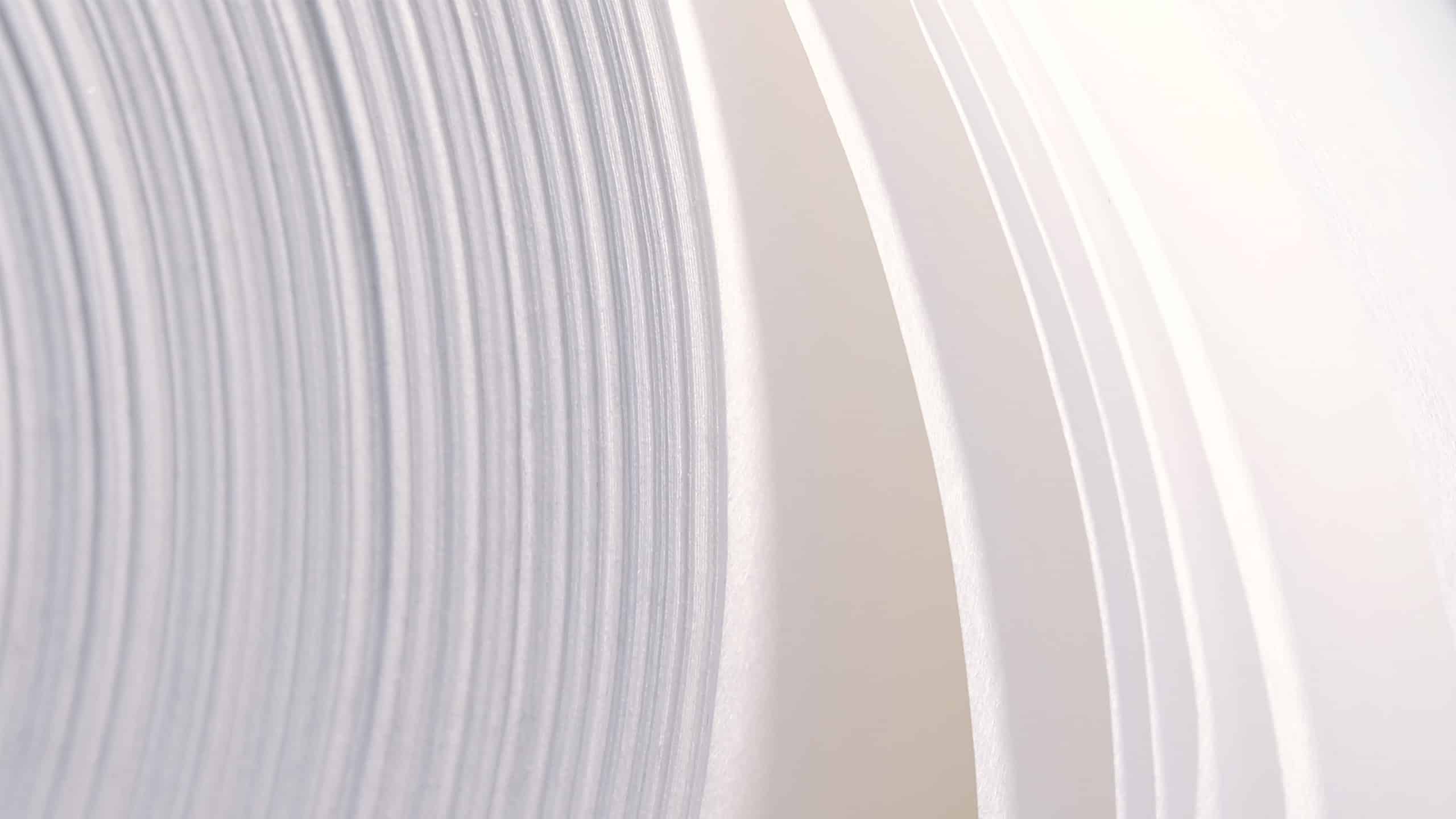How do Paptic® bags compare to plastic and paper alternatives?

Introduction to Paptic® bags
Paptic® bags have emerged as a groundbreaking solution to the environmental issues associated with traditional plastic and paper bags. Developed in Finland, Paptic® harnesses state-of-the-art innovation to deliver sustainable packaging alternatives. The core of Paptic® bags lies in their unique fibre-based composition, integrating the favorable properties of paper, plastic, and textiles into a singular material. According to the Confederation of European Paper Industries, innovations like these are crucial for the advancement of eco-friendly packaging.
The main component of Paptic® bags is renewable wood fibre, celebrated for its recyclability and reusability. Unlike conventional plastic bags, which heavily contribute to environmental pollution, Paptic® bags aim to minimize ecological impact by providing a sustainable alternative. By leveraging these fibres, Paptic® bags fulfill the increasing demand for eco-friendly packaging solutions, as highlighted by CEPI’s guidelines on sustainable materials.
Understanding sustainable forest management
Sustainable forest management is vital in guaranteeing that resources used in products like Paptic® bags are sourced responsibly. This practice involves managing forest resources to meet current and future needs without jeopardizing forest ecosystems’ health. CEPI emphasizes that a key pillar of sustainable forest management is the careful harvesting of wood, which enables forests to stay vibrant and capable of regeneration.
The fibres used in Paptic® bags can be sourced from such responsibly managed forests. Although achieving this sustainability is feasible, challenges remain. Ensuring that the entire supply chain adheres to sustainable practices requires transparency and dedication. By prioritizing sustainable forest management, as CEPI advocates, we can harness the benefits of wood fibres while preserving the environment.
Comparing Paptic® to traditional plastic bags
The harmful environmental impact of plastic bags is well-documented, with millions of tons of plastic waste accumulating in landfills and oceans each year. In contrast, Paptic® bags offer a significantly smaller ecological footprint. Made from renewable resources and designed for reusability, Paptic® bags reduce dependence on single-use plastic bags. According to the European Environment Agency, initiatives like these are essential in addressing plastic pollution.
In terms of durability and usability, Paptic® bags excel. They are foldable, soft, and robust enough for repeated use, encouraging users to reuse them multiple times, thus further reducing their environmental impact. This corresponds with CEPI’s focus on sustainable product design that enhances user experience and promotes ecological responsibility.
Comparing Paptic® to paper bags
When comparing Paptic® bags to traditional paper bags, several key differences arise. Paptic® bags are stronger and more durable, enabling repeated use without compromising structural integrity, unlike paper bags, which are often single-use and prone to tearing.
Furthermore, the ecological footprint of Paptic® bags is notably lower. While both Paptic® and paper bags use wood fibres, the innovative composition of Paptic® materials results in a lighter bag, reducing the overall material required. This efficiency not only conserves resources but also enhances the bag’s reusability, offering significant advantages over traditional paper options, as supported by CEPI’s research on material efficiency.
The unique benefits of Paptic® fibre-based materials
Paptic® materials stand out in the realm of fibre-based alternatives due to their distinctive characteristics. These materials offer a blend of versatility, strength, and environmental friendliness that is hard to match. Unlike other fibre-based materials, Paptic® provides a softness and textile-like feel, enhancing the user experience.
The benefits of Paptic® materials extend to their adaptability in various applications, from carrier bags to e-commerce packaging. Their durability ensures multiple uses, reducing the need for frequent replacements. Moreover, the eco-friendly nature of Paptic® materials aligns with CEPI’s vision for sustainable innovation, supporting brands in conveying their commitment to sustainability and making them an ideal choice for modern, value-driven companies.
